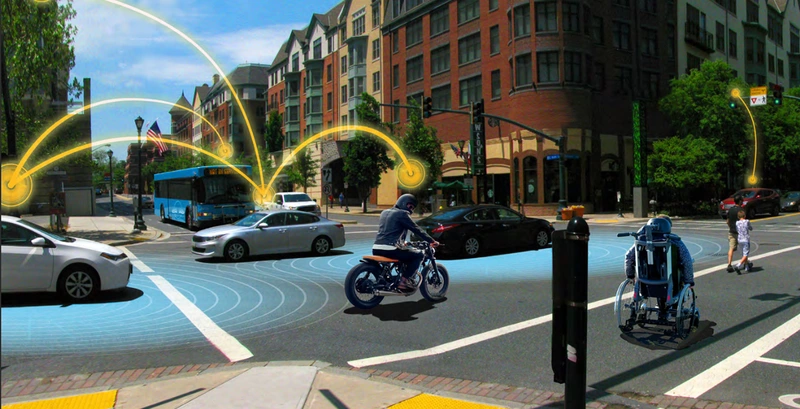Sterantis is testing a hazard warning system for vehicles.

Sterantis announced Thursday that it will pilot a warning system that relies on vehicle-to-vehicle communications.
The system anonymously collects current traffic information from roadside infrastructure and individual vehicle sensors and cameras and can alert other vehicles in the area via a cloud network. Such technology has been used by some automakers for several years.
Mercedes-Benz is a pioneer in this technology, and its systems can now issue warnings about slippery roads, crosswinds, road construction, accidents, breakdowns, poor visibility, heavy rain, hazard lights, holes, and speed bumps.
Sterantis is testing two separate systems. The one closer to production is designed to alert emergency vehicles in the area by displaying a notification on the infotainment system. This system relies on the HAAS Alert Cloud network, which collects and transmits information about emergency vehicles and other traffic hazards. [Another system relies on roadside infrastructure, such as intersections, to collect a wide range of information that a single vehicle cannot collect with its own sensors and cameras. Using multi-access edge computing and 5G cellular networks, the infrastructure can quickly process information at the local level and communicate safety risks to approaching vehicles.
Multi-access edge computing and 5G could help guide self-driving vehicles because they can issue warnings in near real time.
Sterantis predicts that this type of system will be in use nationwide within a decade. Ford said in 2019 that it will begin equipping vehicles for vehicle-to-vehicle communication as early as 2022.


